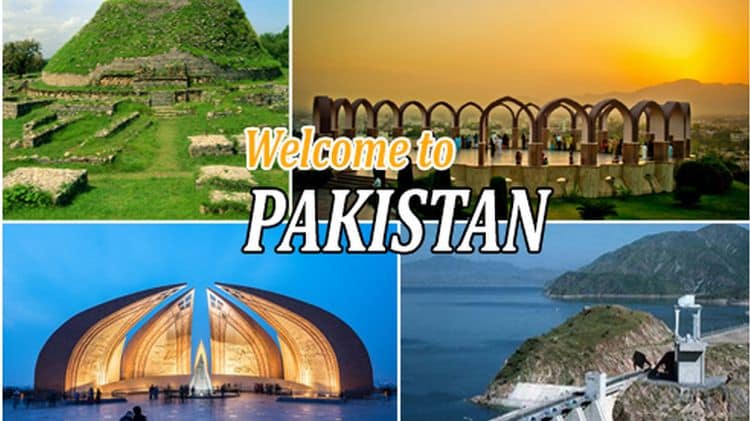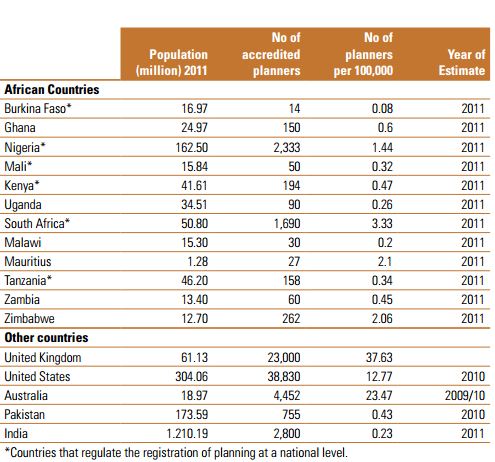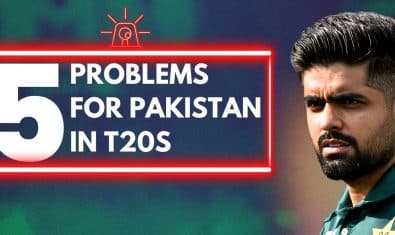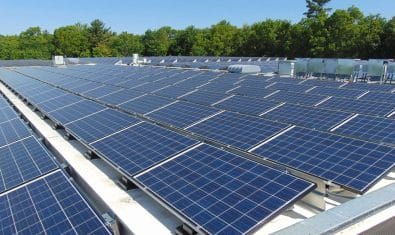The 20 year UN-Habitat III report has been released detailing information about the cities of the world and how they have changed over the past 20 years.
Urban Planning
During the UN-Habitat II, it was envisioned that the world would move forward to having planned cities and regulate uncontrolled cities. This meant that disoriented cities across the world had to be transformed to planned cities like Islamabad or Canberra as much as possible.
Unfortunately, it was the opposite for Pakistan where even a planned city like Islamabad is growing uncontrollably thanks to corruption and lack of efforts.
Even a planned city like Islamabad is less organised than cities from Kenya, Ghana etc.
For example, take a look at the image below:
What can we learn from this? That Pakistan has very few registered planners? That our country’s ratio of planners against the population is even lesser than most African countries like Kenya, Ghana, Nigeria and South Africa? That it doesn’t even come close to the UK, USA or Australia? And that too with a ratio of only 0.43?
Yes to all of those questions unfortunately.
Credit for the above goes to our education system which lacks subjects related to planning altogether and our government, which doesn’t even realize the importance of planning in maintaining a city.
Urban areas already contribute majorly to the GDP. South Asian cities are growing at a rapid pace.
Pakistan has two mega-cities; Karachi and Lahore, several secondary cities (with a population of 500,000 to 1 million) and thousands of cities under 500,000.
In face of this magnitude of projected urban demographic growth over the next 20 years, accommodating the needs of the rising populations through planned city extensions is a challenge.
According to the report, “lack of tax revenues to provide urban services, and infrastructure finance for transport, electricity, communications, water supply, and sanitation in support of production” is a major issue in Pakistan and municipal institutions need to be strengthened.
Urbanization in Pakistan
Urban population in Pakistan was 40.3 million in 1995 with an urban population of 34.6%. It increased to 54.86 million in 2005 and 72.92 million in 2015 with an urban population 41.3% and 47.6% respectively. The urban population of Pakistan is expected to reach 95.62 million by 2025 and urbanization level will be higher than half the population of Pakistan at 53.3%.
Urban population in Pakistan will cross 50% of the total by 2025
The urban population has increased at a rate of 3.21% during 1995-2005, 2.63% during 2005-2015 and is expected to rise to 2.92% until 2025.
Rate of change in urban against rural population was 1.75% between 1995-2005. It decreased to 1.44% between 2005-2015 and is expected to rise again at 1.59% by 2025.
Take a look at the table below for the same details about cities in Pakistan:
Water Quality & Sanitation
The UN has also kept track of improved water and sanitation systems in cities around the world. There was only limited data available for Pakistan.
The available data for improved water and sanitation systems is listed below:
- Islamabad: Improved Water 94.4%, Improved Sanitation 85.5%
- Faisalabad: Improved Water 85.2%, Improved Sanitation 95.8%
- Balochistan: Improved Water 91.2%, Improved Sanitation 57.9%
- Rest of Pakistan: Improved Water 92.3%, Improved Sanitation 65.5%
In comparison to the above figures, Banjul (Gambia) has 98.9% and 97.4% improved water and sanitation systems, which are even better than Islamabad. Egypt’s capital, Cairo, has 100% in both fields.
Improved Water and Sanitation in Worse All Pakistani cities is worse than in Gambia and Egypt
Pakistan doesn’t even compare to the western world but it isn’t even amongst the top countries in the developing world. Yes, Pakistani cities, especially Islamabad is better than most other cities which were part of the city, but it still isn’t amongst the top 20.
City Slums
Slums being the uncontrolled, unmanaged, overcrowded run-down areas of a city, are often regarded as a letdown to the city and its management. Fortunately for Pakistan, percentage of citizens in urban slums have been constantly decreasing.
Pakistan’s urban slums are decreasing but the slum residents are still increasing rapidly
In 1990, the slums were home to 51.0% of the urban population. These areas reduced to 49.8% in 1995, 48.7% in 2000, 47.5% in 2005, 46.6% in 2010 and 45.5% in 2014.
However, the population of these slums has been increasing even though its been less than the overall urban growth. The slums population was 18.1 million in 1990. Today it stands at 32.2 million.
Lets Take a Look at The Gini Coefficient
Gini is a measure of statistical difference to represent the income distribution of a nation’s residents. It is generally used to identify financial inequality for a country’s citizens.
Financial inequality is looking bleak for Pakistan at just 0.34
Pakistan’s Gini coefficient based on consumption is 0.34. Being closer to 0 represents equality while being closer to 1 represents inequality. Fortunately, (or unfortunately) majority of the public has similar expenditures while the select few are too rich.
Urban Area Facilities
It is a municipal administrations job to provide adequate services often classified as necessary facilities for the residents of a city (urban area). These services include water piping, sewerage connection, fixed telephone, mobile coverage and connection to electricity.
The stats for three periods since 1990 are listed below:
1990
- Piped water: 67.7%
- Sewerage Connection:73.0%
- Fixed Telephone: No data
- Mobile Coverage: No data
- Electricity Connection: 95.2%
2006
- Piped water: 62.3%
- Sewerage Connection: 67.6%
- Fixed Telephone: 65.9%
- Mobile Coverage: No data
- Electricity Connection: 98.3%
2012
- Piped water: 50.4%
- Sewerage Connection: 69.8%
- Fixed Telephone: 19.5%
- Mobile Coverage: No data
- Electricity Connection: 99.8%
Astoundingly, Pakistan urban area facilities have gone downhill as time has passed instead of things improving. A big question mark on our governments.
Recent stats for some Pakistani regions are given below:
Islamabad
- Piped Water: 65.3 %
- Sewerage Connection: 91.5%
- Fixed Telephone: 23.0%
- Electricity Connection: 99.9%
Faisalabad
- Piped Water: 42.9 %
- Sewerage Connection: 63.5%
- Fixed Telephone: 16.9%
- Electricity Connection: 99.7%
Balochistan
- Piped Water: 62.3% %
- Sewerage Connection: 16.5%
- Fixed Telephone: 13.7%
- Electricity Connection: 99.1%
Rest of Pakistan
- Piped Water: 35.3 %
- Sewerage Connection: 34.2%
- Fixed Telephone: 24.2%
- Electricity Connection: 99.6%
Unemployment in Cities
Unemployment is a major issue in cities. Unlike people in rural areas, residents of cities have only two sources of income – jobs or businesses. The UN has also collected data on several urban areas around the world to identify the unemployment rates in each country.
Unemployment in Pakistani cities is worse than almost all Asian, European and American urban areas.
Pakistan’s unemployment rate for males stood at 5.4% of the urban population. The rate was higher for women at 9.0% in 2013. Overall, the unemployment rate stands at 6.2%.
Meanwhile, the unemployment rate in most Asian countries (Malaysia, Nepal, India, etc.) is below Pakistan. The unemployment rates are higher in Africa but are pretty low in the rest of the world. With such huge labor force, Pakistan needs to address this issue quickly.
Final Words
Pakistan’s cities are a disaster with lack of organisation and interest on government’s part. The lack of initiative of the people is also to blame. The people need to realize that the cities are theirs and to improve their cities themselves if the governments don’t care about them.
The full UN report can be viewed here.
























Islamabad was built by one ‘DICTATOR’, it was beautified in every possible way by another ‘DICTATOR’ and it was ruined by the holy cows in our parliament. The one from 2008-13 made sure that nothing in CDA remains corruption free and competent and the other from 2013 onwards dug it through its soul upside down and filled it with concrete. It was infact a beautiful city ‘ONCE’. Alas…..
All ‘Hail Democracy’.
So true
Since 1947 only two cities were build in Pakistan i.e Islamabad and Joharabad and since than no new city was build. However, our population in increasing average @ 3.5 % yearly and we need each year two big cities like Faisalabad but Government is not building any new city and causing increase in population of existing cities, over crowding of streets & bazzars and consequently all planning that is being carried out by the town planners have been failed.
It worth to mention that during Khalat Rashida Umer Bin Khatab says that when population increased of your cities then build new cities to facilitate and accumulate the burden of increasing population to avoid over crowding of the cities and consequently during the Umer Bin Khatab Khalafat there were two new cities were build that was KUFA and other one BASERA.
We must learn the lesson from our forefathers and accordingly it is recommended to make planning to build about ten new cities that is in Punjab 4, Sindh 3, Blochistan 1 and KPK 1 and one in AZK.
Pakistani people are disaster in professional life. Rural area and religious people are anti progressive. Social ills like sifarish and general backward thinkers. Pakistanis people minds are not mature enough to be called civilized human beings as civic sense and living collectively requires lot of maturity.